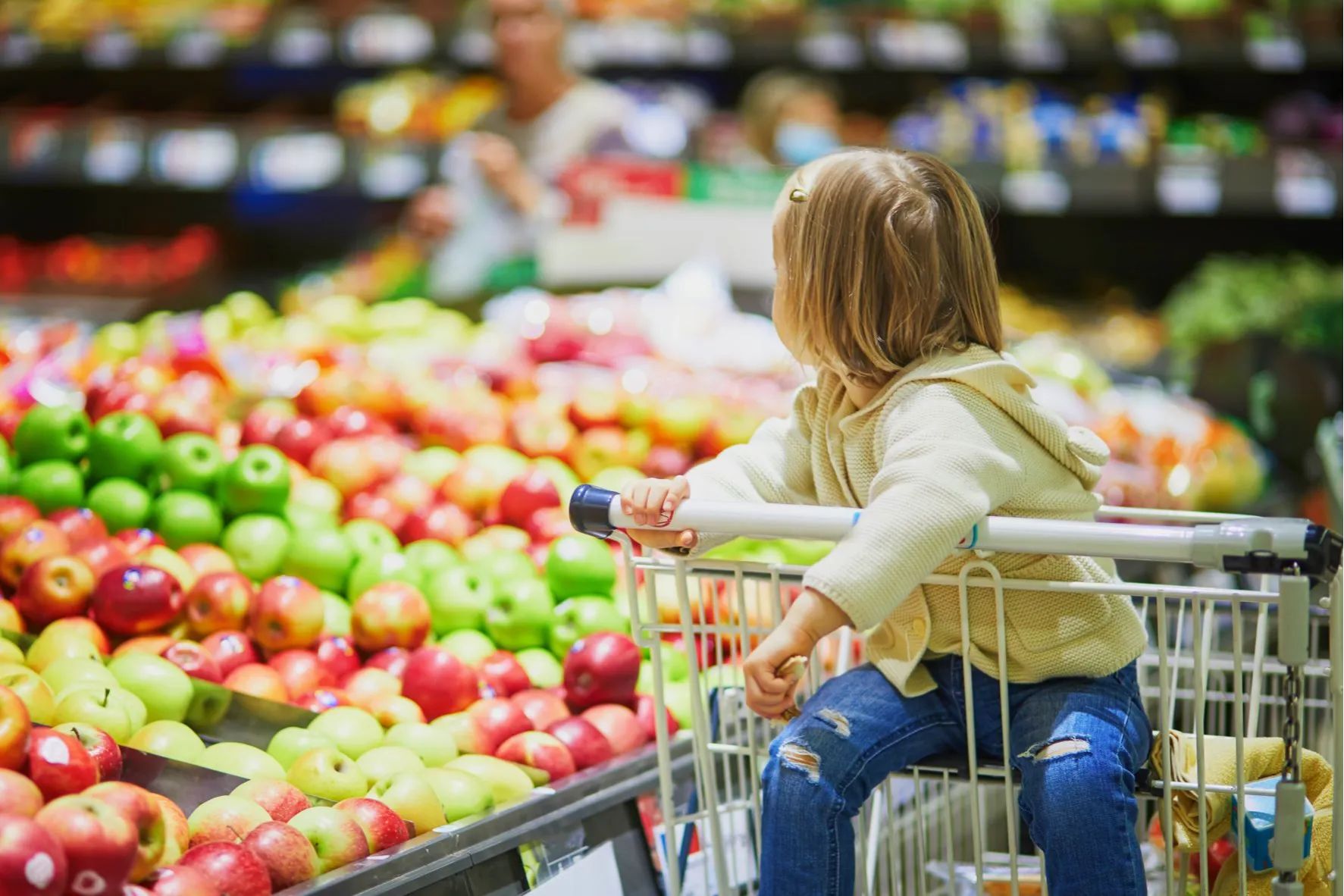Sustainable nutrition
Defining healthy and sustainable diets

The world’s food system faces a great balancing act. By 2050 it must feed around 10 billion people more sustainably without increasing the agricultural land area, using fewer natural resources, and emitting fewer greenhouse gases. In addition, diets should be healthier and meet human nutritional needs. Diets should prevent malnutrition and non-communicable diseases like obesity and cardiovascular disease.
The research area of sustainable nutrition attempts to provide answers on how to meet these challenges.
Healthy and sustainable diets
Businesses, governments, and civil society organizations are all looking for ways to make our food healthier and more sustainable. Blonk can help you identify the available options to achieve this. The answer ultimately lies in finding the right balance between food sustainability and health value. We use optimization techniques to help understand how to improve diets with minimum changes to eating habits.

Grasp the complete picture of healthy and sustainable diets
Defining healthy and sustainable food patterns is complex and should be based on a systematic investigation and sound data. We developed Optimeal, an optimization tool, which helps us understand the complete picture of healthy and sustainable nutrition. We use this tool in projects related to sustainable nutrition to calculate and optimize dietary scenarios which are both healthy and sustainable.
About Optimeal

Optimeal is an optimization tool that we use to solve dietary questions that involve sustainability and nutritional parameters. Optimeal lets us choose from multiple optimization algorithms based on linear or quadratic programming.
Data-driven optimization
Optimization requires data. Therefore, we developed several consistent datasets, consisting of a reference diet, nutritional constraints, nutritional properties for the products in the reference diet, and environmental properties (Life Cycle Assessment impacts) for the products in the reference diet.
Meeting nutritional and environmental constraints
Optimization aims to identify a diet that meets all nutritional and environmental constraints with as few changes to the current diet as possible. In this way, it takes the attainability of dietary interventions into account.

Sustainable nutrition:
the challenge for food and beverages producing companies
The main challenge for companies producing foods and beverages is to become 'future-proof' regarding health, environmental, and other sustainability concerns. Future-proof foods and beverages properly balance their nutritional value and environmental impact. This concept is called the Sustainability Nutrition Balance (SNB), which identifies whether a product or product group fits into a healthy and sustainable diet. The SNB-score can be determined in several steps, offering directions toward developing products that meet nutritional and sustainability requirements. With the help of Optimeal, we can assign SNB-scores to products or product portfolios.

Publication & reports on sustainable diets
Together with companies, non-profits, research institutes and policymakers we explored the subject of sustainable diets, resulting in many reports and scientific publications.
More information

Marcelo Tyszler
Please get in touch with Marcelo if you would like to learn more about the opportunities we offer related to Sustainable Diets research.







